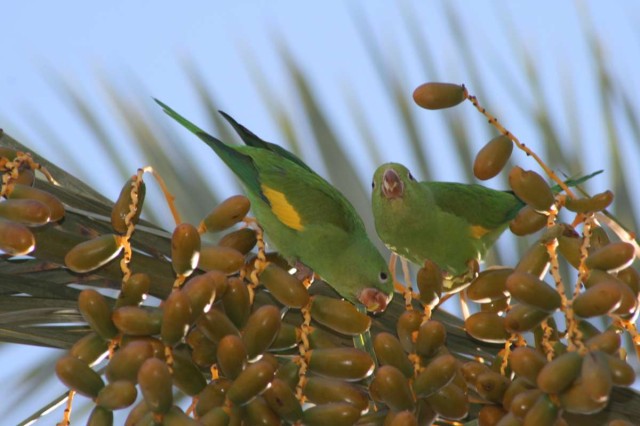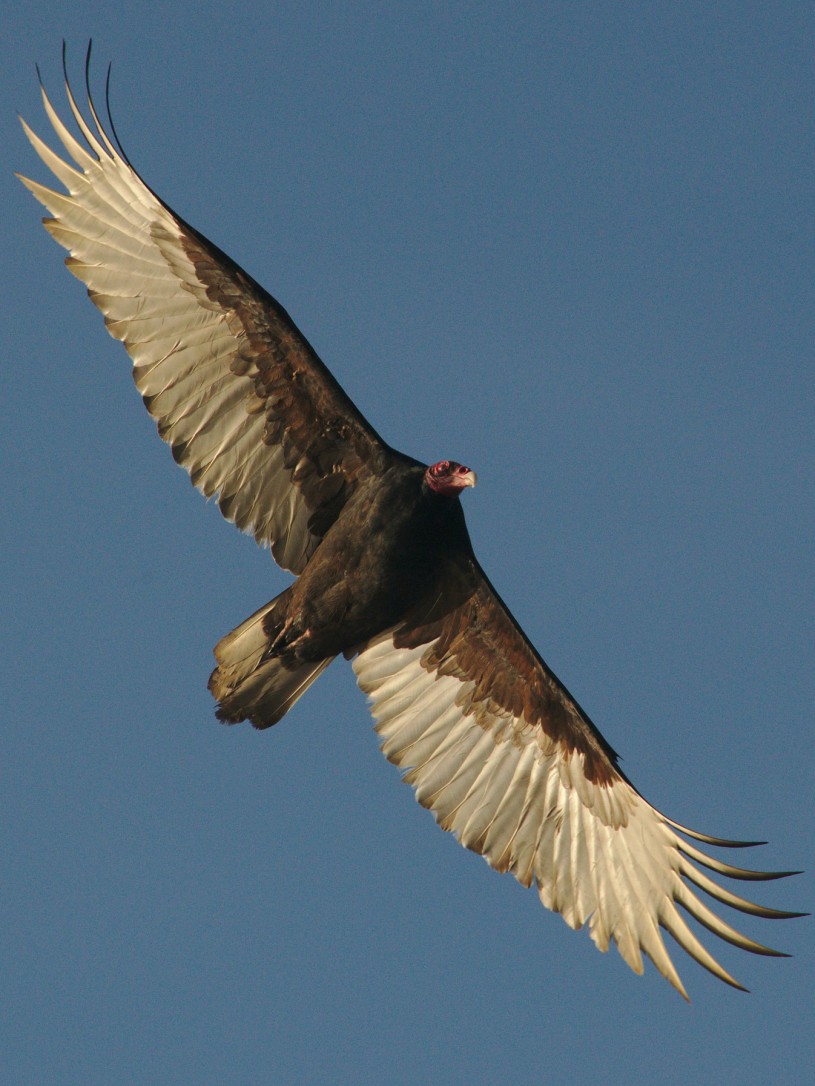Out of an abundance of caution for the safety of our visitors and staff, the museum will be closing at 3 pm on December 24 due to the impending storms. The museum will be closed Thursday, December 25 for the Christmas holiday. We will reopen Friday, December 26.
Kickball. Soccer. Birding. Birding?!
By Esperanza Elementary School students Bryan Lopez, Ervin Paxtor, Yanny Reyes Sanchez, and their principal, Brad Rumble.

Published August 8, 2022
During recess at Esperanza Elementary in downtown Los Angeles, you might hear “House Finch at 4:00” just as often as you hear “You’re out!” or “Goal!” Since 2014, our school has found ways to make the campus a hotspot for biodiversity, including 82 species of birds. Before School Closure on March 16, 2020, as fourth-grade students we spent much of our free time during recess and lunch play prowling the campus observing birds and archiving our observations on eBird, a platform that gives community scientists like us a way to share our data with, well—with the entire world.
The data we gathered helped us to understand some bird species are resident—that is, they show up twelve months of the year. Because our school is an eBird Hotspot, we can use the bar charts there to illustrate that presently fourteen species are on campus year-round. These include native birds like the Anna’s Hummingbird, Black Phoebe and House Finch as well as non-native species such as the Rock Pigeon and Yellow-chevroned Parakeet. The bar charts also show the occurrence of migratory birds. Thus we now know that the Yellow-rumped Warbler would never be expected at Esperanza in July, but you’ll find plenty here in February; in summer an Ash-throated Flycatcher or Hooded Oriole might be visiting us.

Brian Brown
Male House Finch

Kimball Garrett
Yellow-chevroned Parakeets

flickr © Bill Gracey
Hooded Oriole

Wikimedia Commons © Derek Keats
Black Phoebe
1 of 1
Male House Finch
Brian Brown
Yellow-chevroned Parakeets
Kimball Garrett
Hooded Oriole
flickr © Bill Gracey
Black Phoebe
Wikimedia Commons © Derek Keats
As we became better birders, we started to notice birds we had never seen before. It always is exciting when something new shows up. One day at lunchtime we were pretty sure we had a Red-tailed Hawk flying by near our school. But then Ervin noticed the wings were V-shaped and it was gliding as it moved east to west. He also caught a glimpse of red, and that’s when he realized he had something different. Using a field guide, Ervin and his classmates determined it was a Turkey Vulture.

Blink and you just might miss a Peregrine Falcon. They’re that fast. But at dismissal one afternoon we were fortunate enough to get a glimpse of one as it dived going about 80 miles per hour above our school.
Birding also has helped us understand the subtle differences of species in the same family. “Kings Play Chess On Fine Glass Sand,” we like to say. That’s Kingdom Phylum Class Order Family Genus Species
So for example, we might argue playfully with each other over what’s buzzing by. That hummingbird you see could be an Anna’s. Look for a green back and pinkish crown. But it also could be another resident species, the Allen’s. While it also has a green back, there is orange on the tail and belly. Don’t even get us started on American Crow vs. Common Raven!

A male Allen's hummingbird. The iridescent feathers around its neck—its gorget—are the same featured in the header image of this page at 100 x magnification.
image by iNaturalist user Andy Kleinhesselink

iNaturalist © Michael Lynch
Anna's Hummingbird

iNaturalist © docprt
American Crow
1 of 1
A male Allen's hummingbird. The iridescent feathers around its neck—its gorget—are the same featured in the header image of this page at 100 x magnification.
image by iNaturalist user Andy Kleinhesselink
Anna's Hummingbird
iNaturalist © Michael Lynch
American Crow
iNaturalist © docprt
You don’t need much to get started with birding. It’s likely you’ll start noticing more than you expected, so it’s a good thing to have a small journal or at least paper and a pencil to write down what you observe. Field notes and sketches are helpful, too. Yanny’s sketches of House Sparrows on the front lawn of our school helped her to differentiate the male with its bold, black throat patch from the female, which is a dull light brown. A field guide is a tremendous resource. Ours are dog-eared and full of tabs, but that only shows how often we consult them.
Reading a field guide while not in the field also is a great way to build your knowledge of birds. Binoculars bring those birds that are far away into much closer view.

A camera is a helpful tool for a couple reasons. First, you might see a mixed flock of three or four species all at once. It can be difficult to remember everything you’re observing but a photo will remind you later. Also, if you see a rare bird, a photo provides evidence to support your claim. It was more than once in a while that Bryan would run to the Main Office to grab the camera with the long zoom lens to memorialize a sighting.
Years from now, no one will remember the score of the kickball game on the playground of Esperanza Elementary on November 27, 2018. But thanks to eBird and our efforts, ornithologists and others will know that at 12:16 p.m. a migrating Northern Harrier flew above Esperanza Elementary. Incredibly, an Osprey and Red-tailed Hawk were observed that moment as well. All of this helps science, and it sure helped us as well.

Brad Rumble, who has a close partnership with the museum, was proudly presented with the 2020 Disney Conservation Hero Award by our own Community Science team. The Disney Conservation Fund recognizes individuals and teams around the world who conserve wildlife and protect wild places.



